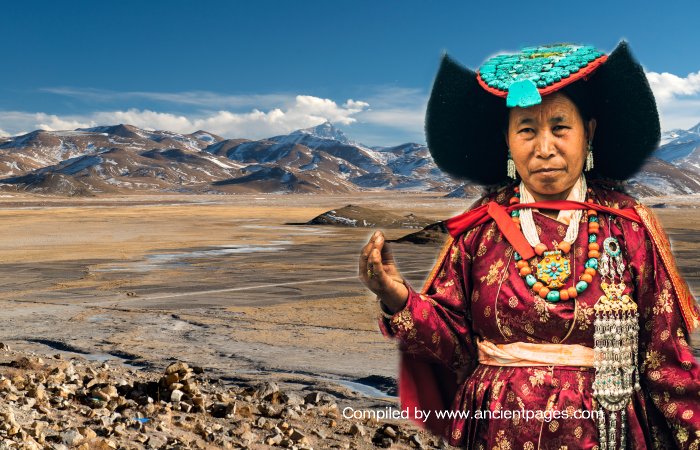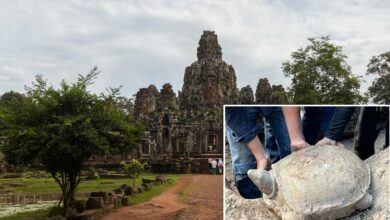Ancient People In The Tibetan Plateau Had More Cultural Exchanges Than Previously Thought

Jan Bartek – AncientPages.com – The Tibetan plateau, renowned as the world’s highest and largest plateau, presents a challenge to its inhabitants due to its extreme climatic conditions. A recent study has unveiled a significant discovery – stone artifacts that shed light on the existence of cultural exchanges between the plateau’s residents and those living on its periphery.
This finding suggests a more interconnected dynamic than previously assumed, broadening our understanding of the region’s historical interactions and adaptations.
The plateau encompasses an area approximately four times the size of Texas. The researchers concentrated their efforts on studying the Holocene period, which commenced around 11,700 years ago. This timeframe holds significant geological and environmental implications, making it a crucial period for scientific investigation.
The global climate during that period was characterized by higher temperatures and increased precipitation levels. However, this particular high-altitude region exhibited an arid and predominantly grassy landscape, presenting significant challenges for sustaining life and human habitation in such an environment.
“The Tibetan plateau has an average elevation of more than 4,500 meters, which makes Colorado seem like it is at sea level.
It’s amazing that people have been able to occupy this area on and off for at least the last 40,000 years,” said Stanley Ambrose (MME), a professor of anthropology. “Unfortunately, very little research has been done in this big area.”
The researchers concentrated their study on a specific plateau region characterized by its harsh climate, featuring low temperatures, arid conditions, and reduced oxygen levels. Despite these challenging environmental factors, a small human population inhabited this area. Interestingly, this region also served as prime grazing territory for yaks and gazelles. Prior to this research, it was widely believed that the residents of this region had developed unique survival strategies, including the creation of specialized stone tools and the possession of distinct genetic adaptations that enabled them to adapt to the low-oxygen conditions prevalent in the area.
“These tools were ideal because they could be reconfigured easily for different purposes. They were flexible and versatile, allowing the owners to carry a bag of bladelets that could be then shaped within seconds,” Ambrose said.
“Before that, everybody was running around with big knives and spears, which were durable and strong, but weren’t diverse.”
In the present study, researchers excavated over 700 artifacts by digging through the surface and collecting them from different sedimentary layers. They then employed Accelerator Mass Spectrometry 14C dating techniques to confirm the age and composition of these tools.
The analysis revealed that the blades originated from the middle-to-late Holocene period. Interestingly, the researchers discovered that the blades bore striking similarities to those developed in northern China, suggesting a long-distance cultural exchange between the Tibetan plateau and northern China facilitated by communities residing on the plateau’s perimeter.
Using excavated artifacts, Ambrose (pictured) and his team discovered that there was a long-distance cultural exchange between the Tibetan plateau and northern China. Credit: L. Brian Stauffer, U. of I. News Bureau
This finding sheds light on the interconnectedness of ancient civilizations and the diffusion of technological advancements across vast geographical regions.
Ambrose explained that these artifacts were crafted from geological materials sourced from locations hundreds of kilometers away. This finding suggests the existence of extensive social networks that surpassed the typical range of human hunter-gatherer societies. Furthermore, it implies that these networks facilitated long-distance interaction and communication, enabling the exchange of materials and information over vast distances.
See also: More Archaeology News
The researchers are now interested in expanding the scope of the excavations to validate their hypothesis. Ambrose stated, “While this is a relatively small-scale excavation, the findings are sufficient to indicate the existence of long-distance interactions. However, to gain deeper insights and potentially trace these interactions further back in time, we need to explore larger areas and gather more samples.”
The study was published in the journal Quaternary Science Reviews
Written by Jan Bartek – AncientPages.com Staff Writer






